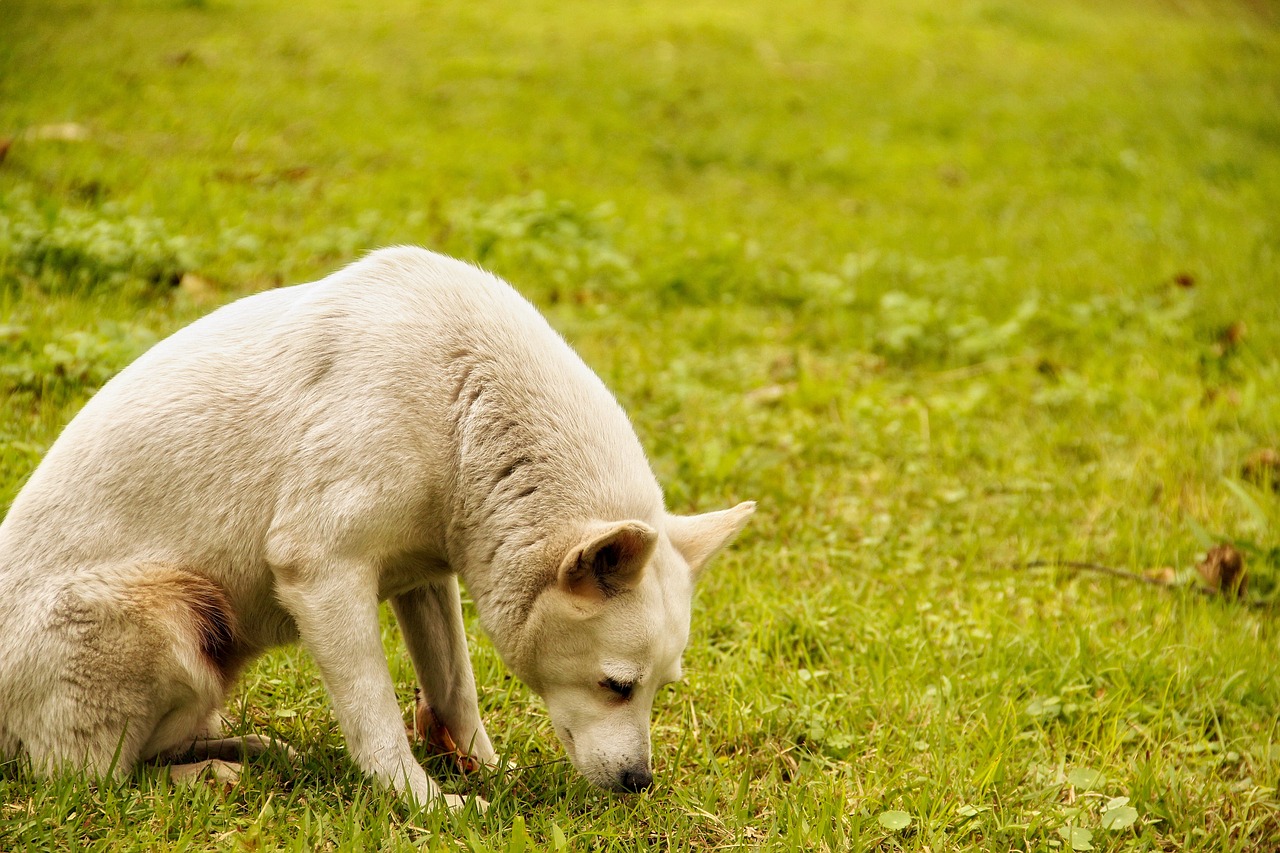
Remains of Indigenous Dogs Discovered at 415-Year-Old Jamestown Settlement
In 1607, 104 English men and boys arrived in North America to start a settlement. On May 13, they chose Jamestown, Virginia, to begin putting down roots. They were almost immediately besieged by attacks from indigenous peoples followed by rampant disease, internal political discord, and famine. Their first winter there saw more than half of them die. By January 1608, only 38 of the 104 original settlers were still alive.

Mad Dogs & Englishmen
While the entire experience up to that point had been a disaster, they did encounter some friendly faces among the native Americans living in the area and became acquainted with not only their culture but their use of dogs. An assessment made by Captain Peter Wynne, who arrived in the fall of 1608, noted that the locals kept mutts or curs to hunt their landfowls and that there was nothing tame about them, unlike English hunting dogs.
From recent findings unearthed at the settlement, it appears they quickly adapted to these strange canines. Said to more closely resemble foxes and wolves that howled rather than barked, it is believed the dogs the British found after arriving in the New World were descendants of animals brought over with early migrants from Northeast Asia. In the meantime, they had been the companions of Native Americans for thousands of years.

Human/Animal Bond
Archeologists sifting through the scant remains of the early fort have uncovered bones belonging to those long-lost canines, as confirmed by DNA analysis. But what does it tell us? Experts believe that dogs arrived in North America approximately 14,000 years ago. “The first people to enter the Americas likely did so with their dogs,” Angela Perri, an archaeologist at Texas A&M University, wrote last year in the journal Proceedings of the National Academy of Sciences. “Where people went, dogs went.”

Working Dogs
As with all cultures, animals that had been or were in the process of being domesticated served a purpose. Dogs were used for hunting, protection, warmth, and other functions before companionship became a major component of their interactions with us. In the 1970s and ’80s, remains attributed to 117 indigenous dogs were located at a Native American site near the original Jamestown encampment, so there’s no doubt as to the hows and wheres associated with their introduction to the British.
As a side note, the find is believed to be the largest collection of prehistoric dogs from a single site in North America, and possibly the Western Hemisphere.

Where Did All the Dogs Go?
So, where are the decendents of these ancient dogs today? With the waves of English colonists and European settlers came domesticated animals that had been bred for specific roles for hundreds of years. Slowly, it seems, as indigenous peoples were driven out, so were the canines that had accompanied them — only to be replaced by their foreign antagonizers’ four-legged friends. The result is that almost no genetic trace of the indigenous animals remains in today’s canines, according to Perri.
By the 1800s, we do know this, though. George Catlin, a 19th-century artist and adventurer, wrote: “The dog, amongst all Indian tribes, is more esteemed and more valued than amongst any part of the civilized world. The Indian … keeps him closer company, and draws him near to his heart.”